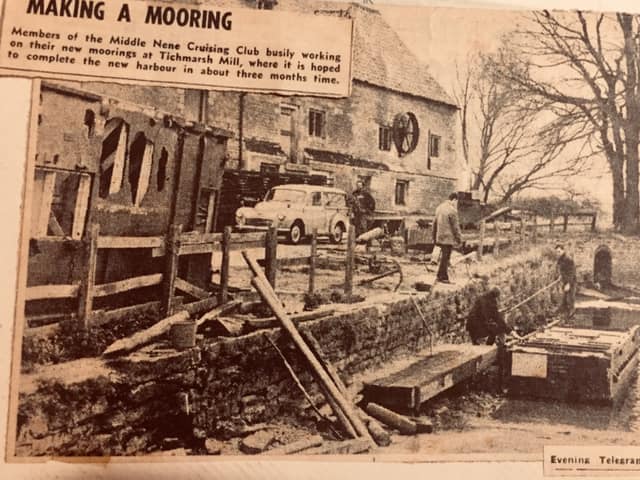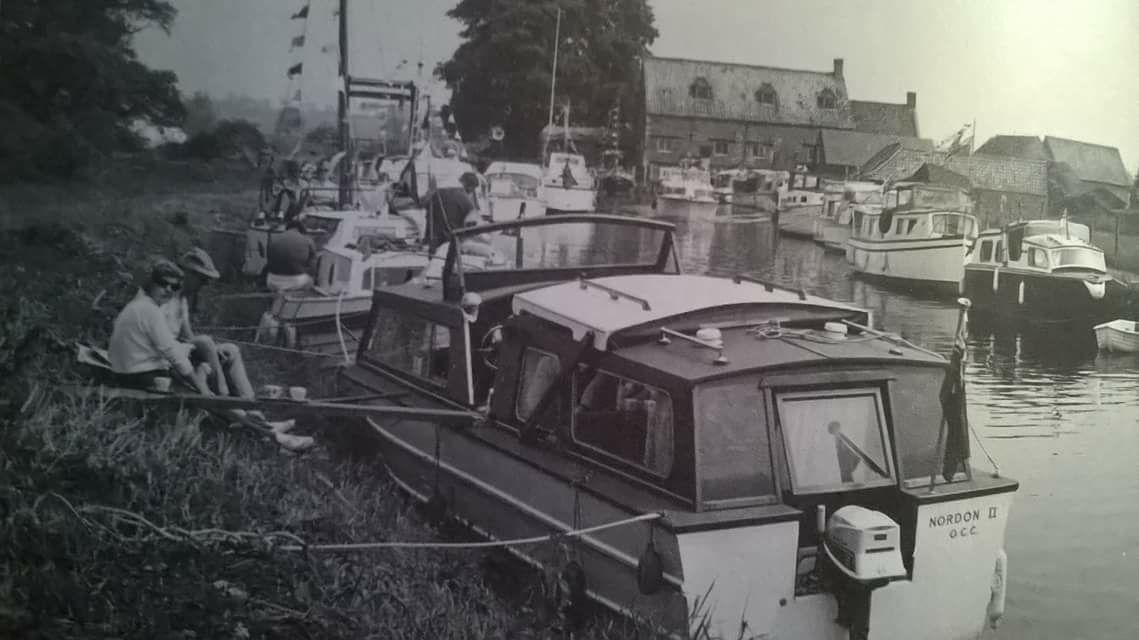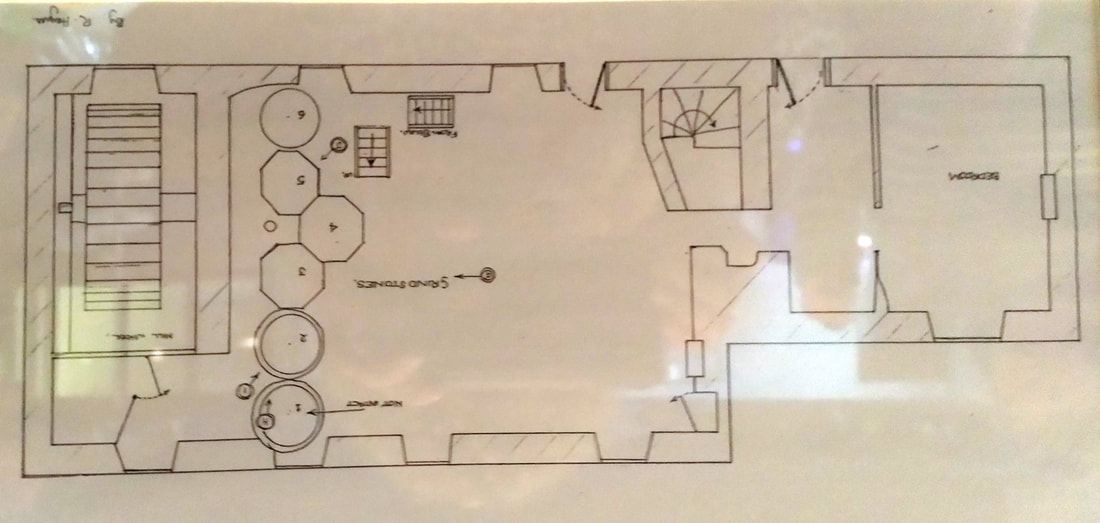History of MNCC & Titchmarsh Mill
In the early 1980s new stairs were installed in the Mill and a Club Room and Wardroom created from a bedroom in the old Miller's House. There was a large bar where the raised 'stage' is, and a small kitchen where the bar is now. The kitchen was used to serve Sunday Afternoon Teas. The new Clubroom and Bar was officially opened by the then Commodore, Brian Coulson, in 1983.
In the early 1990s it was decided a larger Clubroom was needed and a smaller bar would be easier for one person to manage and so in 1993, a new bar was built in its current position. It was refurbished in 2008.
At the same time, in the early 1990s, a channel was cut from the river to provide access into what is now known as the 'Big Pool', originally a gravel pit in use until the 1970s, but by then unused. The floating bridge and moorings in the Big Pool were completed in 2000 with the floating dock and slip being added more recently, along with complete refurbishment of the Green Hut and its renaming as The Millers Table.
In the early 1990s it was decided a larger Clubroom was needed and a smaller bar would be easier for one person to manage and so in 1993, a new bar was built in its current position. It was refurbished in 2008.
At the same time, in the early 1990s, a channel was cut from the river to provide access into what is now known as the 'Big Pool', originally a gravel pit in use until the 1970s, but by then unused. The floating bridge and moorings in the Big Pool were completed in 2000 with the floating dock and slip being added more recently, along with complete refurbishment of the Green Hut and its renaming as The Millers Table.




